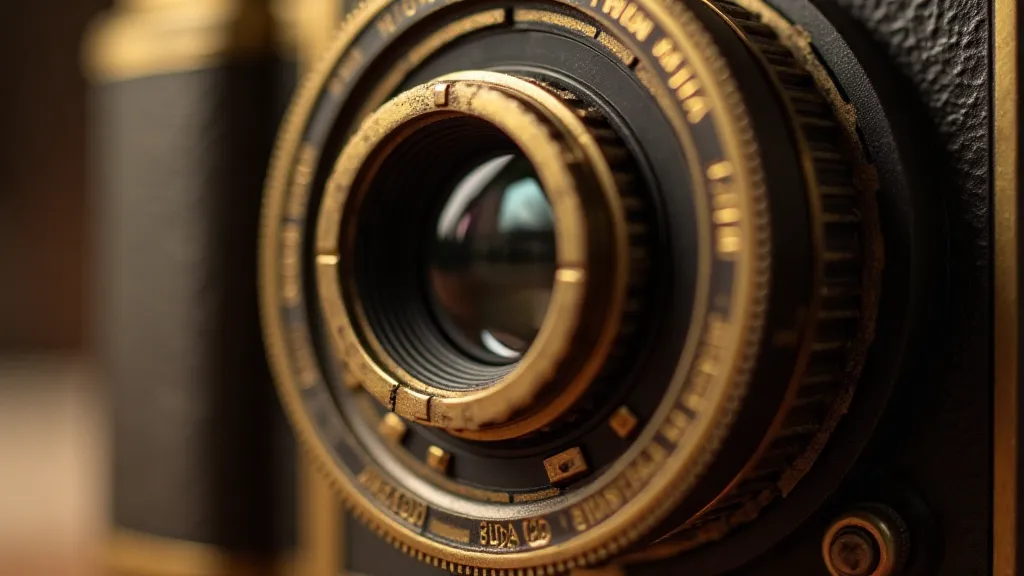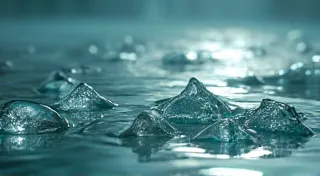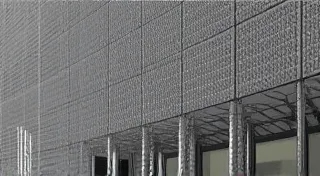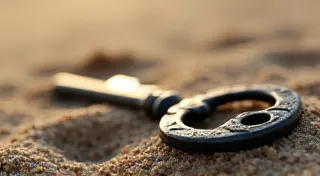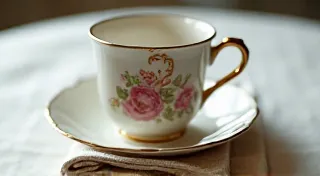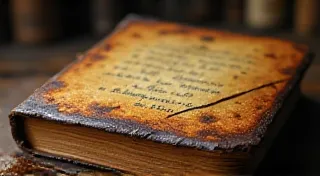The Echo of a Smile: Reconstructing Lost Stories Through Historical Photographs
There’s a peculiar magic in holding an antique camera. It’s more than just a collection of brass, glass, and leather; it's a vessel. A vessel that holds the echoes of lives lived, stories untold, and moments forever captured. These aren't mere objects; they are time machines, offering glimpses into a past that feels both distant and surprisingly close. For the collector, the photographer, the history enthusiast—they are silent storytellers waiting to be awakened.
My own fascination began with a Kodak Brownie Hawkeye, a small, unassuming box camera found at a local flea market. The leatherette was cracked, the shutter sluggish, but the smell… the smell of aged chemicals and time was intoxicating. Holding it, I felt an instinctive connection to the anonymous hands that had held it before, to the moments it had witnessed. It wasn’t just a camera; it was a portal.
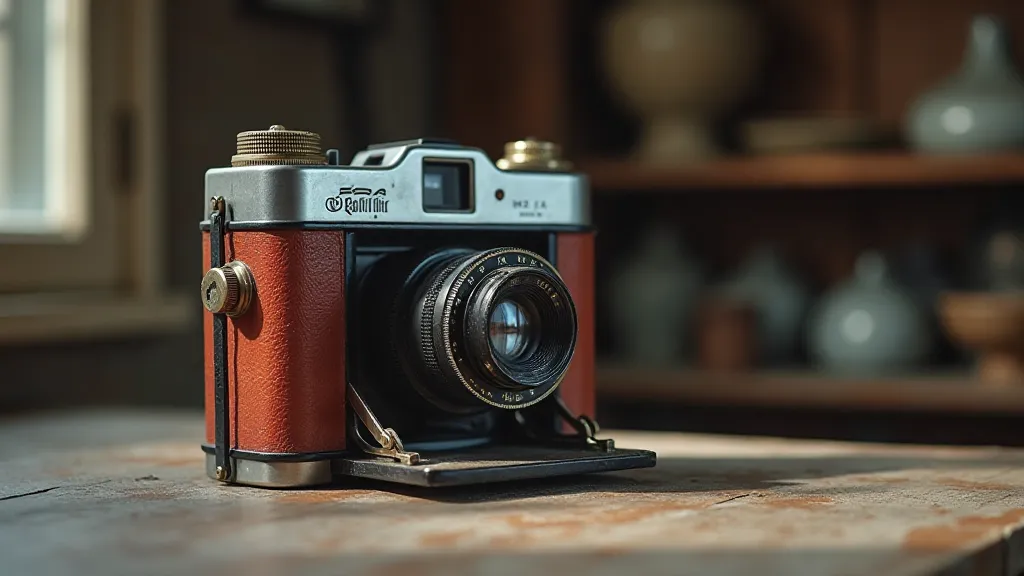
The Rise of Accessibility: Democratizing Memory
The early decades of photography were the domain of the wealthy and the scientifically inclined. Daguerreotypes and calotypes required specialized equipment, complex processes, and a significant investment of time and resources. Then came George Eastman and Kodak. Eastman's vision was radical: to make photography accessible to everyone. The introduction of the Kodak camera in 1888, with its simple operation and the promise of having the film developed and prints made by mail, truly revolutionized the world. "You press the button, we do the rest," Eastman famously proclaimed. This wasn’t just about taking pictures; it was about democratizing memory. Suddenly, ordinary people could document their lives – family gatherings, vacations, everyday moments – in a way never before possible.
Consider the impact of this accessibility. Before Kodak, who captured the ordinary? Portraits were expensive, reserved for the elite. Now, families could document their children growing up, their homes, their pets. These photographs, often fragile and faded, become invaluable touchstones to the past, connecting generations across the chasm of time.
Craftsmanship and the Art of the Detail
Looking at antique cameras, one can’t help but admire the craftsmanship. These weren’s mass-produced commodities in the way we understand them today. Each camera was assembled with care, often by skilled artisans. The bellows, painstakingly sewn from fabric, the precise machining of the lens, the intricate detailing of the leatherwork – these weren’t just functional elements; they were expressions of pride in one’s work.
The differences between a Kodak Brownie, a Leica II, and a Graflex Speed Graphic are stark, not just in their appearance but in the principles that governed their design and manufacture. The Leica, a marvel of miniature engineering, represented the pinnacle of photographic precision. The Graflex, a press camera, was built for speed and versatility, used by war correspondents and photojournalists documenting history in the making. The Brownie, while simpler, possessed a charm and accessibility that resonated with the masses. Each a product of its time, each reflecting a unique set of priorities and technological advancements.
The Stories Within the Photographs
Perhaps the most compelling aspect of collecting antique cameras isn’t the cameras themselves, but the stories they hold. Faded family portraits, blurry landscapes, snapshots of long-forgotten towns—these are fragments of lives lived, glimpses into a world that has vanished. Examining these images is like piecing together a historical puzzle, each photograph offering a clue to a larger narrative.
I once acquired a collection of photographs taken in a small mining town in Pennsylvania during the early 20th century. The images depicted families working in the mines, children playing in the streets, and scenes of community life. These weren’t grand, posed portraits; they were candid snapshots of ordinary people living extraordinary lives. Looking at these photographs, I felt a profound sense of connection to these individuals, a feeling of kinship across the years. I imagined the laughter, the struggles, the joys, and the sorrows that shaped their existence. These photographs weren’t just pictures; they were witnesses.
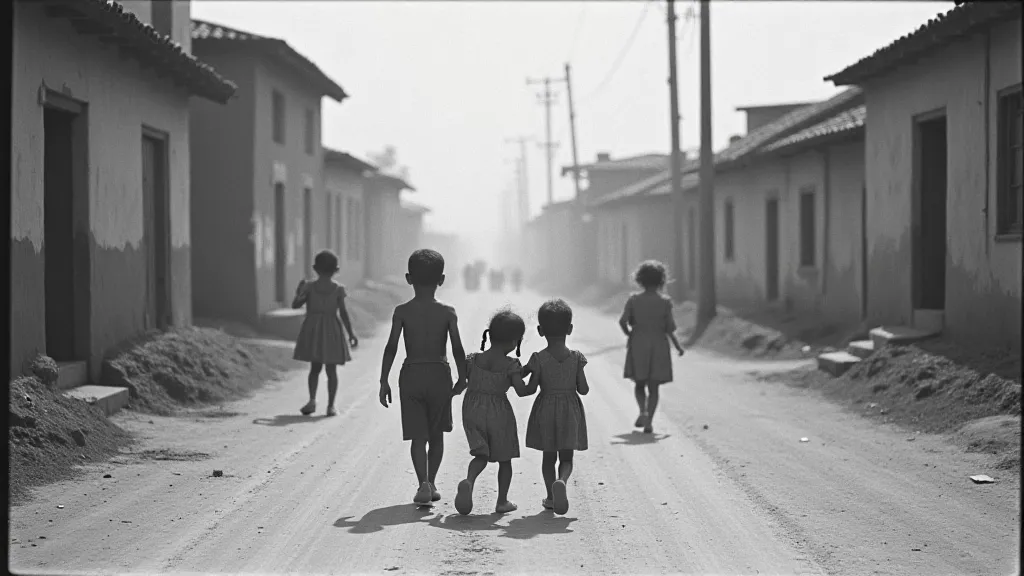
Restoration and Preservation: A Respectful Approach
Restoring an antique camera is a delicate process. While modern materials and techniques can sometimes be tempting, the ideal approach is to respect the camera’s history and originality. Cleaning, minor repairs, and careful lubrication can often breathe new life into an old camera without compromising its integrity. Overly aggressive restoration can diminish its value and erase the patina of age, which is often an integral part of its charm.
For the collector, the journey isn't always about achieving pristine condition. The scratches, the dents, the fading leather—these are the marks of time, the evidence of a life well-lived. They tell a story of their own. Understanding the camera's functionality, appreciating its design, and preserving its history – these are the rewards of collecting antique cameras.
More Than Just Machines: Gateways to Empathy
Antique cameras are more than just machines; they’re gateways to empathy. They offer a window into the past, allowing us to connect with the lives of those who came before us. They remind us of the enduring power of human connection and the importance of preserving our collective memory. Each click of the shutter, captured decades or even a century ago, whispers a story—a story waiting to be heard, a smile waiting to be understood. And in understanding those stories, we enrich our own lives and deepen our appreciation for the enduring human spirit.
Holding one of these cameras, feeling its weight in your hand, is to touch a tangible link to a world that is gone but not forgotten. It’s a reminder that we are all part of a larger narrative, a tapestry woven from the threads of countless lives. And that, perhaps, is the greatest magic of all.
